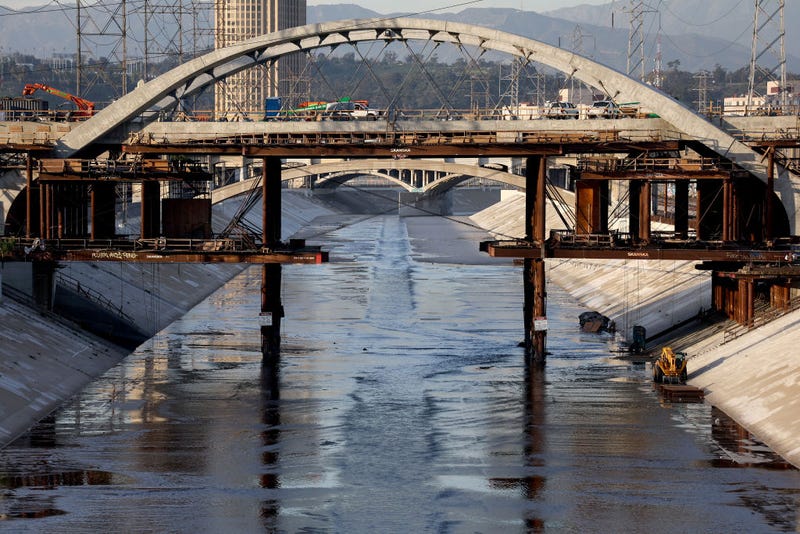
LOS ANGELES (KNX) — While the decline is COVID-19 cases across Los Angeles County has come to a halt over the last week, health officials have increased vigilance — by turning to wastewater to try and learn of case patterns and spikes before they become widespread.
While at-home test kits are now widely available, Dr Andrew Noymer told KNX that not everyone is being honest about their results. But one thing that shares evidence with the public - is what gets flushed down the toilet.

Noymer, a UC Irvine epidemiologist, said “leading indicators” that point to COVID-19 waves can be seen in the wastewater about one to three weeks before the wave hits the general public, which could give health officials time to not only identify the patterns, but warn Angelenos.
Following the Omicron variant spike, the lowering case rate in January and February proved to be enough to drop vaccine and mask mandates across L.A. County. But in the last week, the decline has stopped.
On March 28 health officials reported 453 new cases of COVID-19 in the county, then another 541 on March 29. The pattern has remained the same until today, with the most recent report indicating 1,167 new COVID-19 cases on April 1 and 734 cases for April 3, and 530 cases on Monday.
Friday, health officials announced that wastewater surveillance was “critical” to the county’s preparedness plan.
“Wastewater collection and testing are being conducted at least three times per week, by three agencies across the County: LA City Sanitation and Environment, LA County Sanitation Districts, and the Las Virgenes Municipal Water Districts,” the Department of Public Health said in a statement.
While those agencies have not found “significant concentrations” of SARS-CoV-2 in wastewater in those areas, a second agency found elevated concentrations of the virus in another part of the county.
“The Los Angeles City Sanitation and Environment Agency, which covers portions of central L.A. County, parts of the San Fernando Valley, and west Los Angeles, showed small increases in the concentration of virus [in] the first two weeks of March, which will need close monitoring over the next couple of weeks to determine if this is the beginning of an upward trend,” health officials said.
A third wastewater source in the west San Fernando Valley also saw a small uptick in virus concentration in mid-March.
Health officials said they are watching each of the three areas closely. And Noymer told KNX, so far, levels don’t seem to be painting any pictures.
“We don’t really have much signal from the wastewater in southern California at this time, but we are seeing concerning trends with the wastewater elsewhere in the country,” he said.
“[In] the southern California region we’re seeing some very, very small upticks that we dont know yet if they are just noise or if they’re signals.”
To learn more about L.A. County's wastewater surveillance plan, click here.
Follow KNX News 97.1 FM
Twitter | Facebook | Instagram | TikTok

